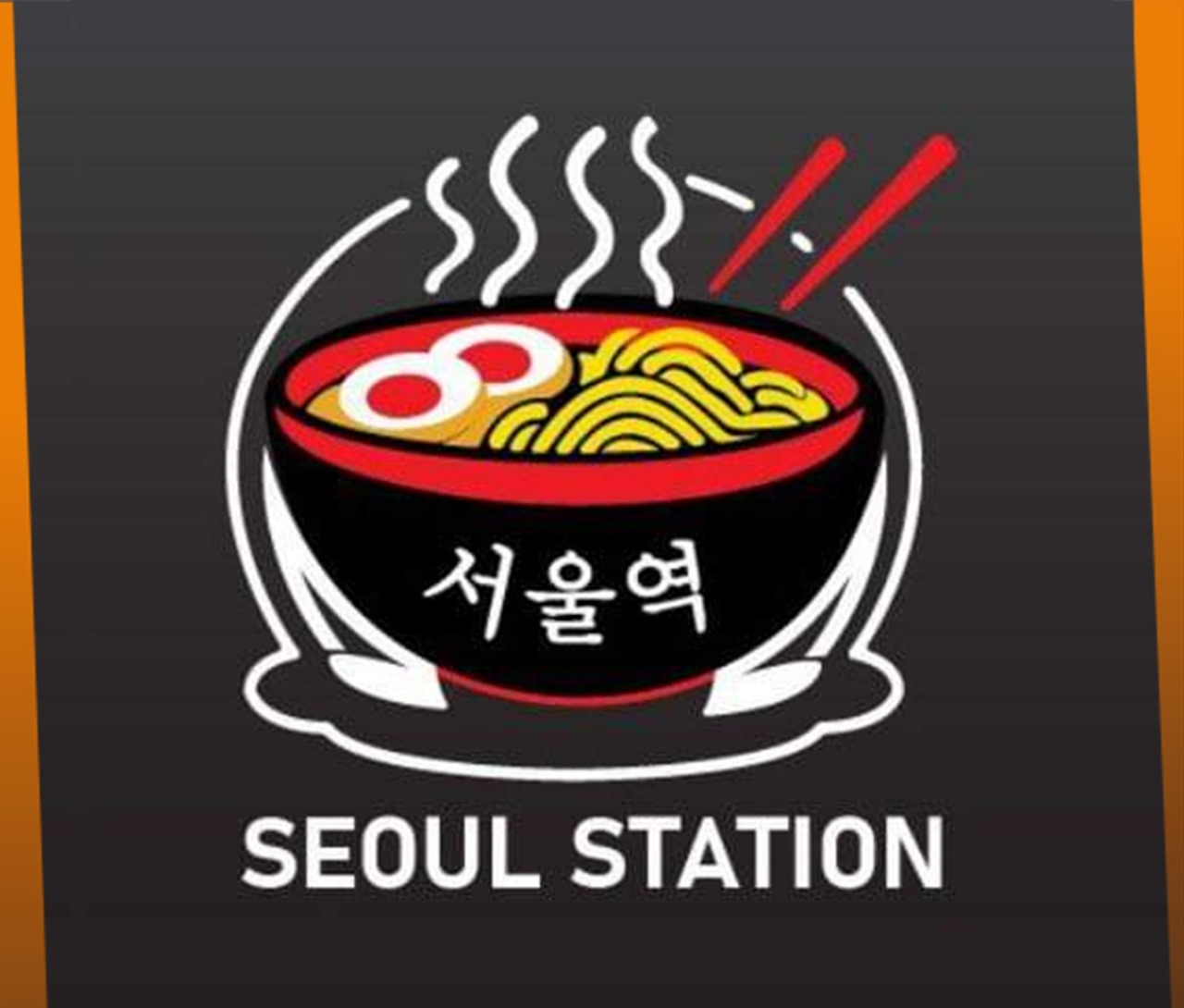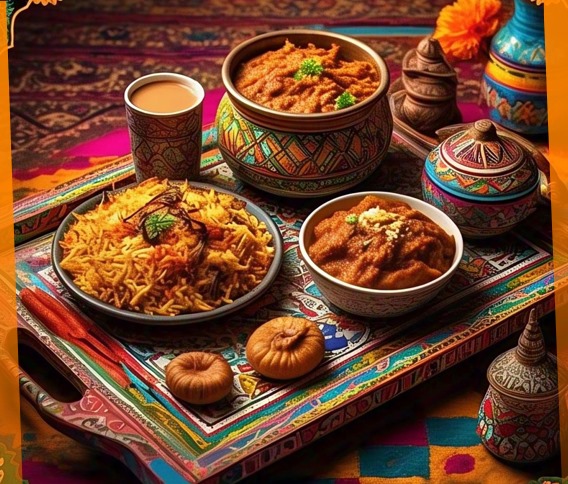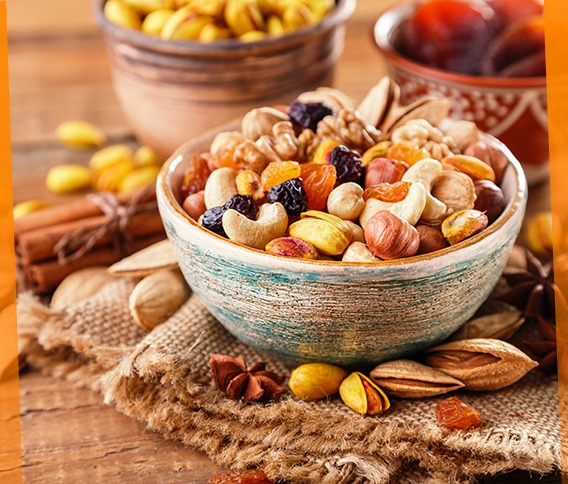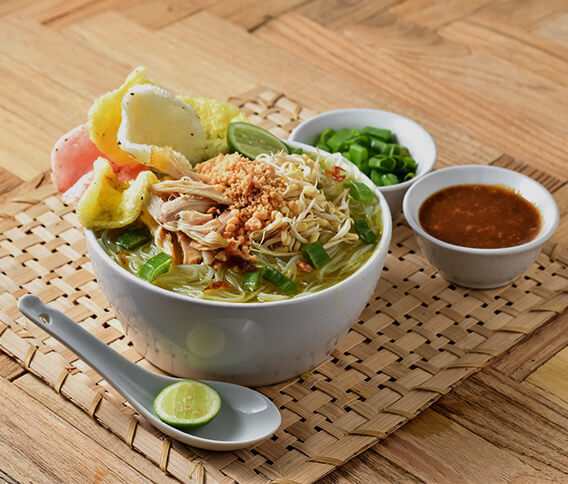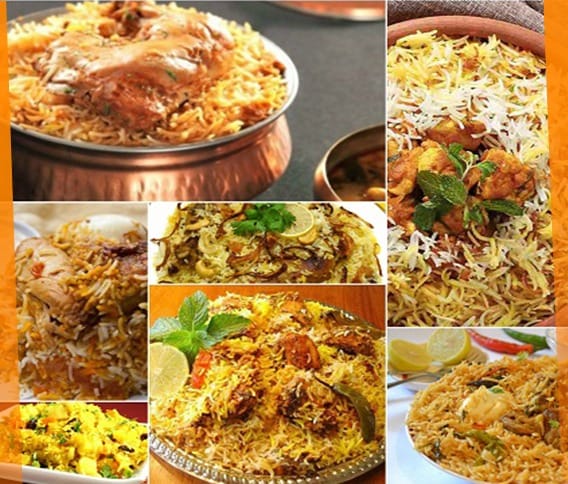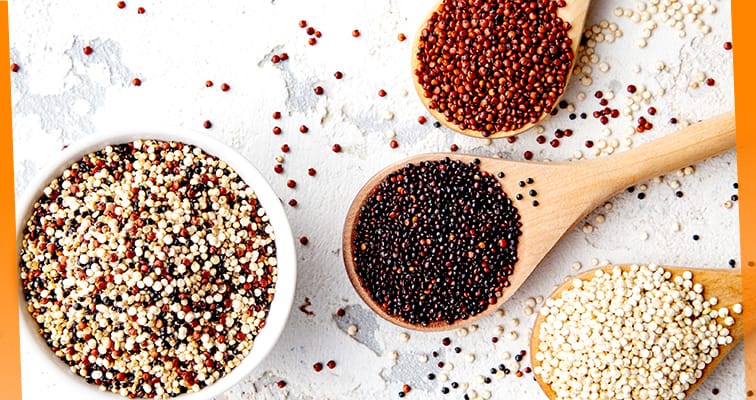
In recent years, ancient grains have been making a comeback in kitchens worldwide. As people become more health-conscious and seek nutrient-rich alternatives to processed foods, grains like quinoa, farro, amaranth, and spelt are taking center stage. These grains, often referred to as "ancient" because they have remained largely unchanged over millennia, offer a wealth of nutritional benefits compared to their modern counterparts like wheat and rice. Whether you're looking to diversify your diet or boost your intake of essential nutrients, ancient grains can be a delicious and versatile addition to your meals.
Nutritional Powerhouses
Ancient grains are known for being nutrient-dense, packed with fiber, protein, and essential vitamins and minerals. Quinoa, for example, is one of the rare plant-based foods that is a complete protein, containing all nine essential amino acids. This makes it an excellent option for those following vegetarian or vegan diets. In addition to being a great source of protein, quinoa is also rich in magnesium, iron, and antioxidants.
Farro, another ancient grain that has been cultivated for thousands of years, is a type of wheat with a chewy texture and nutty flavor. It’s an excellent source of fiber, which promotes healthy digestion and can help lower cholesterol levels. Farro is also high in magnesium, which is vital for bone health and energy production.
Amaranth, an ancient grain from Central and South America, is packed with protein and calcium, making it a fantastic choice for those looking to support bone health. It’s also gluten-free, making it a great alternative for individuals with gluten sensitivities. Spelt, another relative of wheat, offers a rich source of B vitamins, which are essential for energy production and maintaining healthy skin and hair.
Incorporating Ancient Grains into Your Meals
Cooking with ancient grains is not only easy but also versatile. Quinoa can be prepared similarly to rice and used in salads, grain bowls, or even as a base for stir-fries. Its mild flavor makes it a perfect complement to a wide range of ingredients. Farro, with its hearty texture, is ideal for soups, stews, and warm salads. Amaranth can be turned into a creamy porridge for breakfast or added to soups as a thickener. Spelt flour, on the other hand, can be used as a substitute for wheat flour in baking, adding a nutty, earthy flavor to breads, pancakes, and muffins.
Cooking with ancient grains is not only easy but also versatile. Quinoa can be prepared similarly to rice and used in salads, grain bowls, or even as a base for stir-fries. Its mild flavor makes it a perfect complement to a wide range of ingredients. Farro, with its hearty texture, is ideal for soups, stews, and warm salads. Amaranth can be turned into a creamy porridge for breakfast or added to soups as a thickener. Spelt flour, on the other hand, can be used as a substitute for wheat flour in baking, adding a nutty, earthy flavor to breads, pancakes, and muffins.
